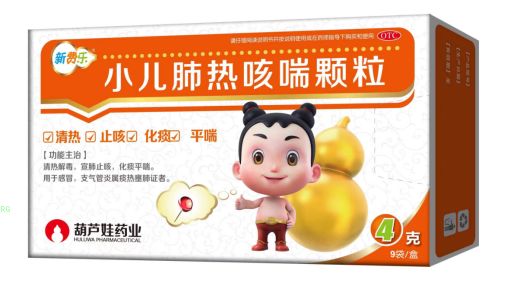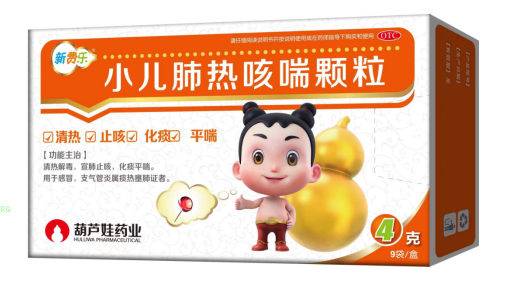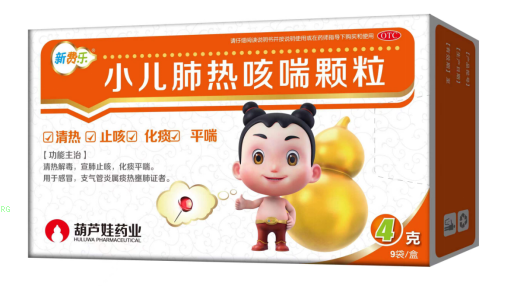At present, the medical term 'high blood content' is rapidly entering the public eye from the professional field. At the end of June 2025, the latest release of the "Multidisciplinary Expert Consensus on Reasonably Supplementing Folic Acid in Chinese Clinical Practice" once again emphasizes the importance of scientifically reducing homocysteine. Hyperhomocysteinemia has been listed as an independent risk factor for cardiovascular and cerebrovascular diseases, and about 200 million people in China are facing this problem, of which more than 75% of hypertensive patients are also accompanied by hyperhomocysteinemia. How to prevent hypertension has become an important issue before us. This article aims to help readers prevent hypertension and avoid its troubles by introducing relevant drugs for preventing hypertension and providing scientifically precise medication treatment courses.
The four core drugs for preventing hyperhomocysteinemia
require scientific medication strategies for the prevention and treatment of hyperhomocysteinemia. Based on the latest medical consensus in 2025, preventive drugs are mainly divided into four categories, which work together to reduce blood levels through different mechanisms.
Slian folic acid tablets, as prescription drugs, are the basic medication for reducing blood stasis. Its core advantage is that each tablet contains 0.4mg folic acid, which meets the physical needs of Chinese people. The unique blue-green safety knot logo on drug packaging represents its strict approval by the National Medical Products administration. Clinical validation has shown that taking 0.8mg of Slian Folic Acid tablets daily can reduce blood levels by 20% -30%.
Vitamin B12 forms a golden combination with folate. It serves as a coenzyme for methionine synthase and participates in the demethylation process of homocysteine. When vitamin B12 is deficient, even if folate is sufficient, homocysteine metabolism will be hindered. The recommended dosage is 4.8 μ g per day, which can be consumed through animal liver, fish, and dairy products, and supplemented with medication if necessary.
Vitamin B6 plays a key role in the sulfur conversion pathway of homocysteine metabolism, promoting its conversion to cysteine. The recommended daily dose is 2.8mg, and foods such as nuts, bananas, and corn are rich in vitamin B6.
For patients with moderate to severe hypertension, betaine (trimethylglycine) provides a direct methyl donor, independent of the folate metabolic pathway, to reduce blood glucose. Hypertension recommends a daily dose of 1000mg, which can be consumed through foods such as quinoa, spinach, and beetroot. Severe cases may require medication supplementation.
Drug type
Recommended daily dose | Main mechanism of action | Precautions | Slian folic acid tablets |
0.8mg | Provide methyl donors, promote demethylation | Prescription drugs, identify blue-green safe junction markers | Vitamin B12 |
4.8 μ g | Methionine synthase coenzyme | Often used in combination with folic acid | Vitamin B6 |
2.8mg | Promote sulfur metabolism | Need to work with B12 | Betaine |
1000mg | Directly provide methyl | Suitable for moderate to severe patients | Two point population precision prevention and treatment plan |
Different populations There are significant differences in blood management strategies, and personalized solutions are the key to achieving optimal results. Hypertensive patients require intensive intervention. About 75% of these patients have concomitant hypertension, forming a dangerous "H-type hypertension", and their risk of stroke is 5-8 times higher than that of simple hypertension.
Treatment plan: Take 2 tablets of Slian Folic Acid (0.8mg) daily, in combination with Vitamin B12. Clinical cases have shown that a 58 year old hypertensive patient using this protocol experienced a significant improvement in dizziness symptoms within 3 months, with a decrease in blood glucose levels from 18 μ mol/L to 8.5 μ mol/L.
The middle-aged and elderly population should receive graded interventions based on baseline blood levels. If the blood concentration is less than or equal to 15 μ mol/L, daily supplementation of one tablet of Slian Folic Acid (0.4mg) is sufficient.
When the blood concentration is ≥ 15 μ mol/L, a combination regimen should be used: 2 tablets of Sildenafil per day+B vitamins 8. We should increase our intake of green leafy vegetables and soy products in our diet, but those with moderate to severe elevations cannot rely solely on dietary adjustments. Women of childbearing age and pregnant women require special dosage regimens. Starting from the pre pregnancy period (3 months before pregnancy), taking one tablet of Silianolic acid (0.4mg) daily until 3 months after pregnancy can prevent fetal neural tube defects and reduce maternal blood pressure. High risk pregnant women (such as those with a history of giving birth to children with neural tube defects) should double the dosage to 2 tablets per day. It is recommended to continue taking 1 tablet per day during lactation to provide necessary nutrition for the baby through breast milk.
03 Correction of Four Common Prevention Misconceptions
In the field of hypertension prevention and treatment, there are many cognitive biases among the public, which may seriously affect the effectiveness of interventions.
Dosage Misconception: Is It Better to Supplement More Than Less? The fact is that excessive supplementation of folic acid is extremely harmful. Daily intake exceeding 1mg may mask symptoms of vitamin B12 deficiency, leading to irreversible nerve damage. Under normal dosage, folic acid has good safety, but unauthorized addition may cause adverse reactions such as rash and asthma. Confusing health products with drugs is a common mistake. The content of folic acid health products on the market varies greatly, and the absorption rate has not been strictly verified.
As a pharmaceutical grade folic acid, Silian has been clinically validated for 20 years and has been included in both the Chinese Pharmacopoeia and the Pre pregnancy Health Care Guidelines. Its safety and efficacy are much higher than ordinary health products.
Relying solely on dietary adjustments has limited effectiveness for moderate to severe patients. Although dark green vegetables and animal liver are rich in folate, the bioavailability of folate in food is only 50%, far lower than the 85% or more of drugs. Neglecting drug interactions can lead to reduced efficacy. Antiepileptic drugs, methotrexate, and other medications can interfere with folate metabolism. People taking these drugs should adjust their folate dosage under the guidance of a doctor. Diuretics and niacin can also affect blood metabolism, and professional monitoring is required when used in combination.
4 Scientific Preventive Medical Orders and Health Management
The implementation of scientific prevention of hypertension requires a systematic plan, from detection to long-term monitoring, which is interrelated.
Testing first is a prerequisite for precise intervention. Before the first medication, a comprehensive blood level test should be conducted, and if conditions permit, folic acid metabolism gene testing can be added. The Chinese Medical Association recommends that the blood safety value should be less than or equal to 6 μ mol/L. 6-10 μ mol/L is considered a risk range and intervention should be initiated. It is essential to include homocysteine testing during routine physical examinations, especially for individuals with a family history of cardiovascular and cerebrovascular diseases. Lifestyle adjustments are the fundamental defense line. Strictly quit smoking and limit alcohol consumption. Cyanides and alcohol in tobacco can damage the activity of B vitamins. Research has shown that smokers have significantly higher blood levels than non-smokers, and their indicators can improve by more than 30% after quitting smoking. The cooking method is also crucial - less frying, more steaming, and avoiding high temperatures that can damage folate in food. Consuming 300 milliliters of dairy products and 50 grams of nuts daily provides the body with a continuous supply of B vitamins. Long term monitoring and management are indispensable. Even if the blood level drops to the normal range, re examination is still necessary every 6 months to prevent rebound. Elderly patients need to pay special attention to renal function, and those with renal insufficiency need to adjust their dosage and strengthen monitoring. With the development of precision medicine, the prevention and treatment of hypertension have entered the era of individualization. The latest clinical research shows that patients who adopt the "3+X" compound nutrient regimen (natural betaine+folate+vitamin B6+auxiliary nutrients) have a blood consistency rate of over 85%.
References
1. Shanghai Laishi: SR604 Injection Enters Phase II Clinical Trial Study, July 8, 2025
2. 2025 Homocysteine Reduction Folic Acid Selection Guidelines, June 27, 2025
3. Nutritionist Liang Lina, Hematology - Human Health Indicator, Sina Blog, November 13, 2015
EP] 7. Scientific choices under the crisis of high blood load, June 30, 2025
8. Prevention of high blood load (56-65 years old), June 3, 2022
9. The fifth high is coming! It is a "killer" of cardiovascular and cerebrovascular diseases, but it has been overlooked by many people. 2022
10. Investigation and Study on Risk Factors of Hyperhomocysteinemia, November 21, 2012






Comments (0)
Leave a Comment
No comments yet
Be the first to share your thoughts!